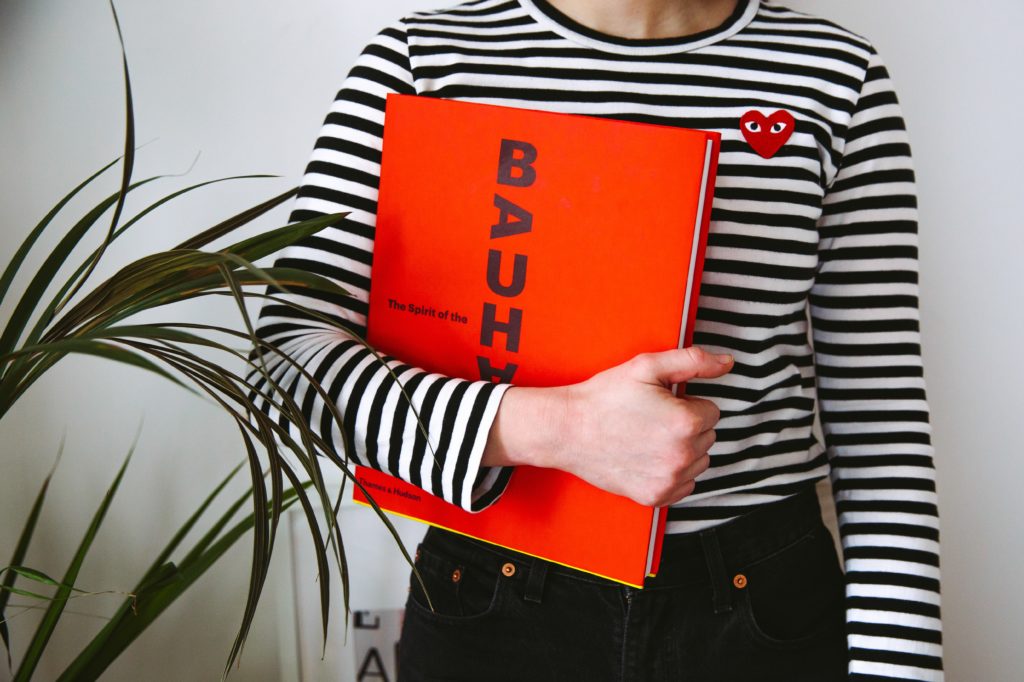The history of art and design styles is extensive. It’s always beneficial to learn about and reflect on historical design movements, as well as how they influence current trends and styles. The Bauhaus design movement is one era that continues to impact design today.
Where did Bauhaus come from?
Between 1919 and 1933, the Bauhaus was a German art school. The Bauhaus school of design was founded by architect Walter Gropius in Weimar, Germany, and remained there until 1925 when it relocated to Dessau. The school existed in Berlin from 1932 to 1933. Because of Nazi coercion, the Bauhaus school only lasted 14 years. They despised the institution and everything it stood for, perceiving it as a hotbed of communist thought. The Bauhaus’ design ideas, however, continued on when teachers and alumni left Germany and found sanctuary across the world, carrying their design beliefs with them.

Bauhaus Design Style explained
Bauhaus was a realistic, utilitarian design style that followed the principle of form following function and less being more, which is still relevant today. Bauhaus design comprised furniture, home products, typography, graphic art, and architecture, with a focus on blurring the barriers between disciplines and applying arts and crafts skills in an increasingly mass-produced, industrialized society.
This design has plenty of key principles that you should spot when you see one. Key tenets of Bauhaus design include form follows function and less is more. The concept of “form follows function” in architecture and interior design refers to the belief that the shape of a structure or piece of furniture should be largely related to its intended use. It’s a style defined by a lack of adornment and an emphasis on clean lines that distill shapes down to their most basic constituents.

Simple geometric forms like squares, circles, and triangles are frequently used. Primary hues like red, yellow, and blue are used sparingly yet boldly. The notion of “Truth to Materials,” where materials are used in their most natural and unvarnished state, is one of the bedrock principles of Bauhaus design. These designs used what were then modern materials such as glass, steel, cellophane, and plywood. Simple designs and materials allowed Bauhaus designs to be mass-produced and accessible to a large number of people.
Bauhaus-style furniture has a clean, timeless aesthetic that is easy to fit into today’s settings. Bauhaus furniture and accessories look well in minimalist environments because of their startling simplicity, which performs a lot of the design work for you. Bauhaus designs are also streamlined enough to blend nicely with vintage, antique, or modern environments to produce a timeless aesthetic. Color accents, such as painting a door or a wall in a primary red, yellow, or blue, are another option to add a little Bauhaus flare to your space. Framed original or imitation Bauhaus posters are a popular way to add some vintage flair to your home while showcasing the era’s enduringly attractive geometric patterns.
Want to Incorporate Bauhaus in your home?
Here at Presello, we know that a functional and minimalist interior design has been growing in popularity in recent years and the Bauhaus Style is the epitome of that. Here at Presello, we work with the best contractors and designers in Metro Manila to bring your dream home vision to life.
